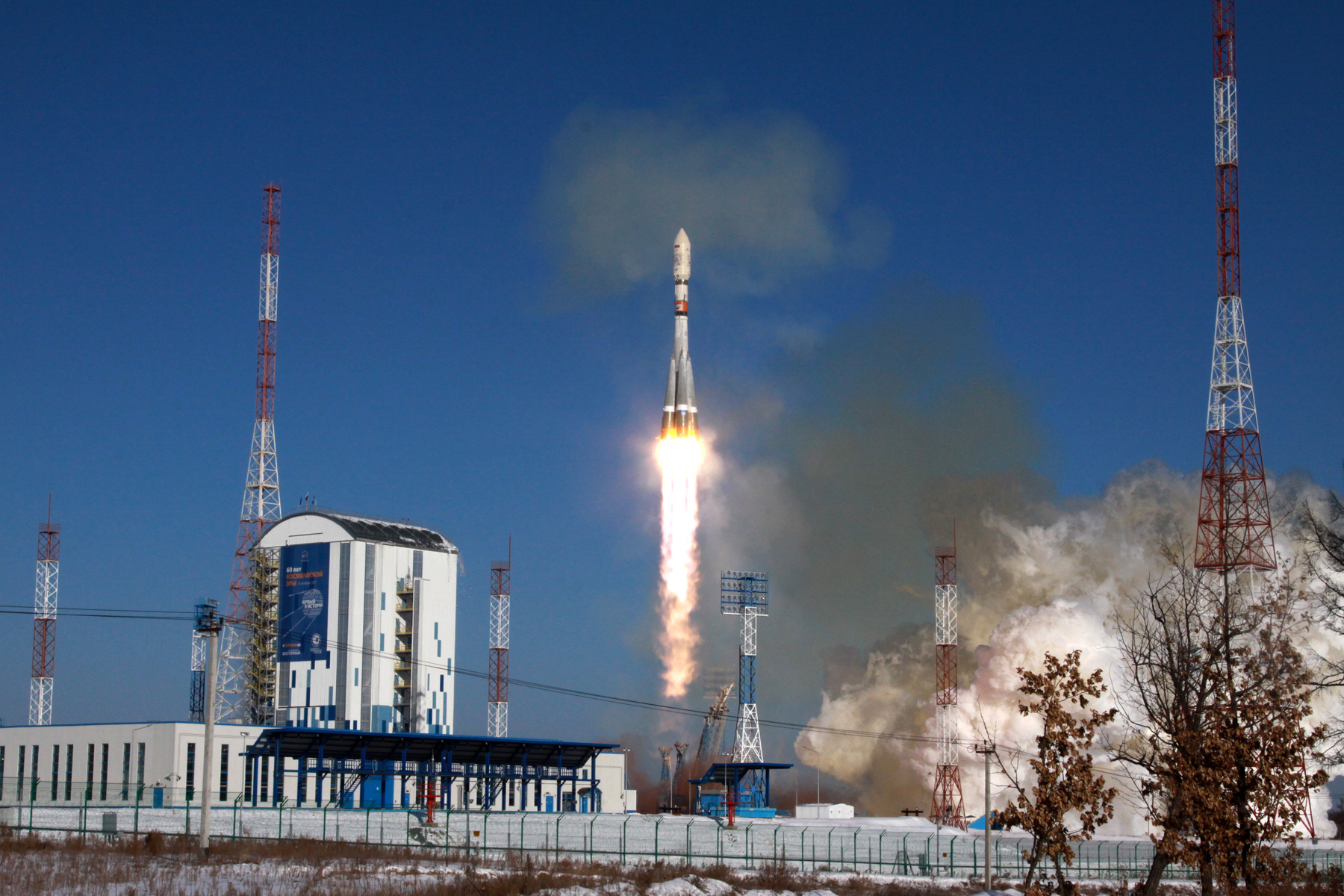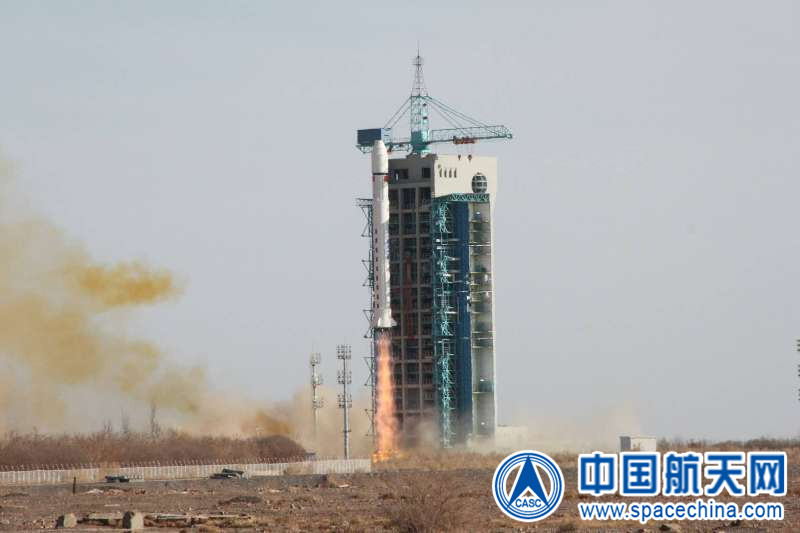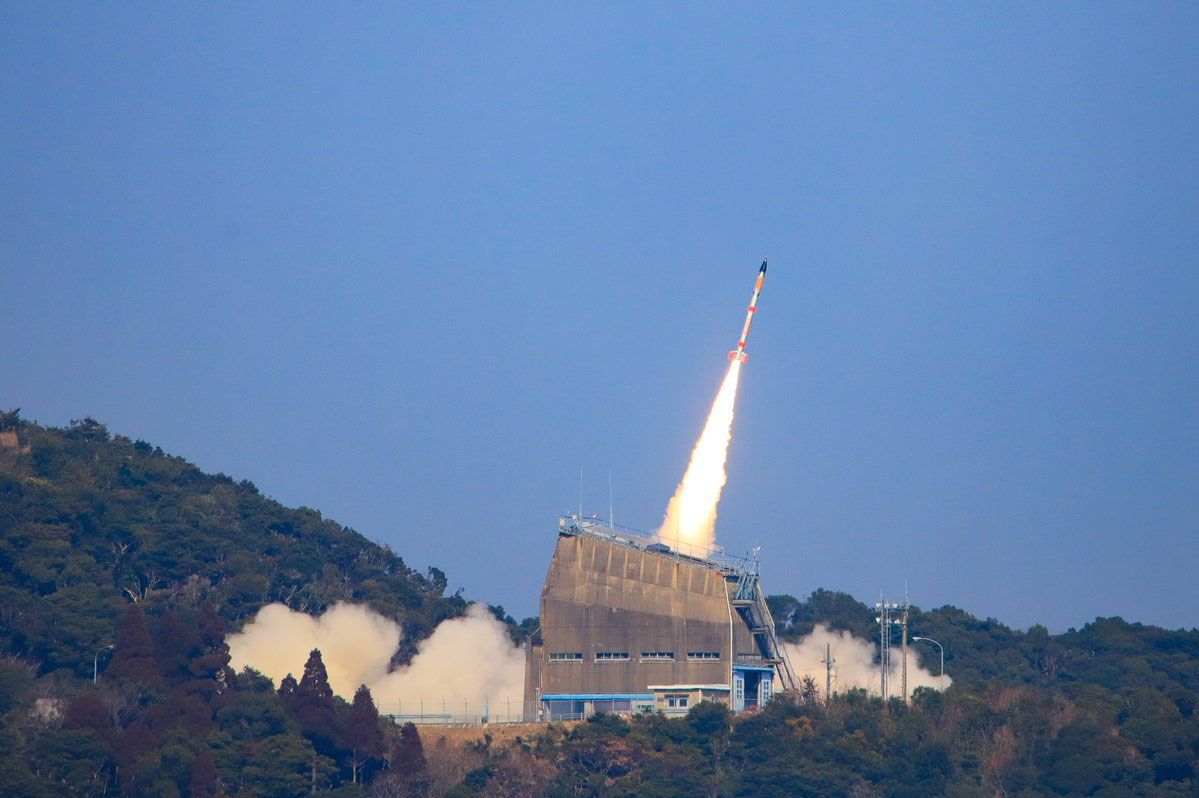Russia, Japan and China Launch Satellites in Back-to-Back Missions
Three different rockets - one each from Russia, China and Japan - launched satellites into orbit over three days in back-to-back-to-back space missions.
The launch triple play occurred between Thursday (Feb. 1) and Saturday (Feb. 3), and came one day after the U.S.-based company SpaceX launched a Falcon 9 rocket carrying the GovSat-1 communications satellite into orbit from the Cape Canaveral Air Force Station in Florida.

Russia kicked off the international rocket rally Thursday with the launch of a Soyuz 2 rocket from its Vostochny Cosmodrome. The Soyuz 2 carried two Kanopus-V Earth observation satellites into orbit to monitor the planet from space. The mission also delivered 9 smaller satellites into orbit, according to the Russian space agency Roscosmos.

Up next was China, which launched a Long March 2D rocket on Friday from the Jiuquan Satellite Launch Center. That rocket carried the Zhangheng 1 satellite, which is designed to detect signals that might precede earthquakes from space to help earthquake prediction efforts. The mission, also known as the China Seismo-Electromagnetic Satellite, is a joint project by the China National Space Administration and the Italian Space Agency, according to Spaceflight Now.
The Long March 2D also carried six other satellites into orbit. According to Spaceflight Now, they include: the European cubesats GomX-4A (which will track ship and plane movements in the Arctic for the Danish Ministry of Defence) and the European Space Agency's experimental GomX-4B; ÑuSat 4 and ÑuSat 5 microsatellites built for the company Satellogic in Argentina to monitor Earth; and two Chinese cubesats called FMN 1 and Shaonian Xing.
That brings us to Saturday, where the Japan Aerospace Exploration Agency (JAXA) launched a modified SS-520 sounding rocket from the agency's Uchinoura Space Center. The rocket carried the tiny satellite TRICOM-1R, nicknamed "Tsuki" into orbit.
TRICOM-1R is a cubesat designed to take photographs of Earth and beam observations back to Earth. It's launch comes just over a year after JAXA's first attempt to launch a small satellite on an modified SS520 sounding rocket failed. The satellite TRICOM-1 was lost in that Jan. 15, 2017 launch failure.
Get the Space.com Newsletter
Breaking space news, the latest updates on rocket launches, skywatching events and more!

Whew, what a week! The year 2018 is certainly off to a fast start with more launches to come over the next 11 months.
Email Tariq Malik at tmalik@space.com or follow him @tariqjmalik and Google+. Follow us @Spacedotcom, Facebook and Google+. Original article on Space.com.
Join our Space Forums to keep talking space on the latest missions, night sky and more! And if you have a news tip, correction or comment, let us know at: community@space.com.

Tariq is the Editor-in-Chief of Space.com and joined the team in 2001, first as an intern and staff writer, and later as an editor. He covers human spaceflight, exploration and space science, as well as skywatching and entertainment. He became Space.com's Managing Editor in 2009 and Editor-in-Chief in 2019. Before joining Space.com, Tariq was a staff reporter for The Los Angeles Times covering education and city beats in La Habra, Fullerton and Huntington Beach. In October 2022, Tariq received the Harry Kolcum Award for excellence in space reporting from the National Space Club Florida Committee. He is also an Eagle Scout (yes, he has the Space Exploration merit badge) and went to Space Camp four times as a kid and a fifth time as an adult. He has journalism degrees from the University of Southern California and New York University. You can find Tariq at Space.com and as the co-host to the This Week In Space podcast with space historian Rod Pyle on the TWiT network. To see his latest project, you can follow Tariq on Twitter @tariqjmalik.










